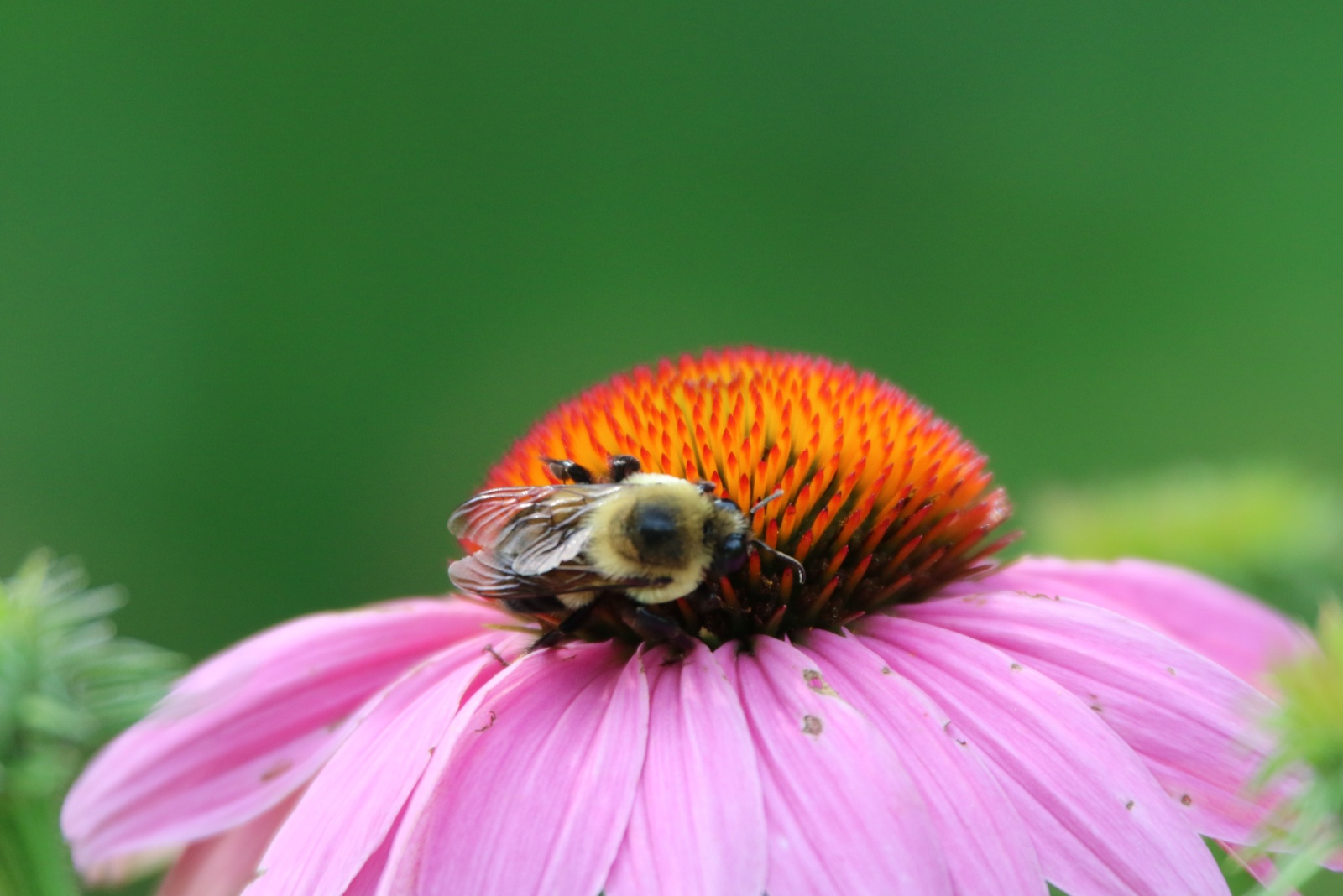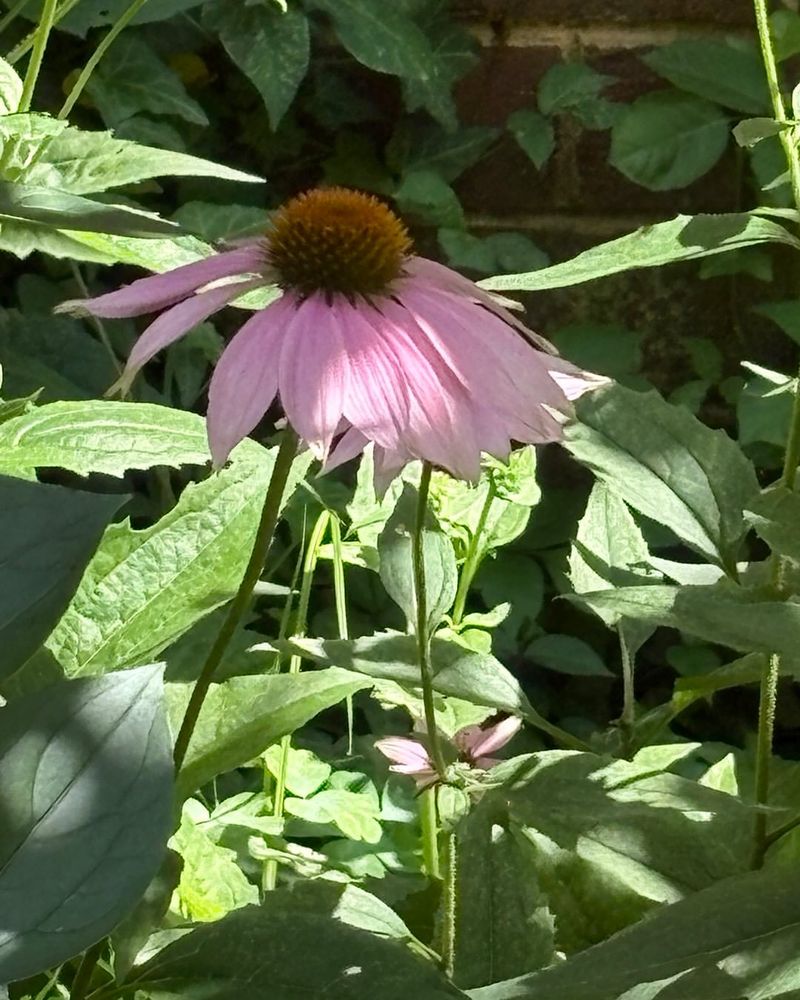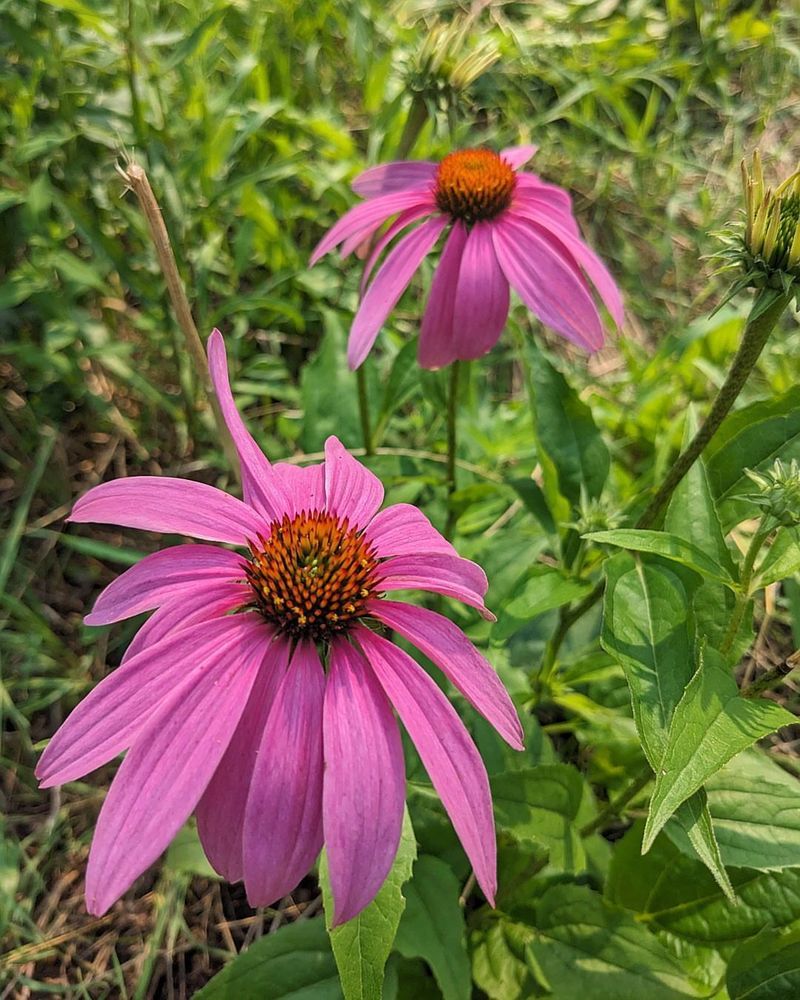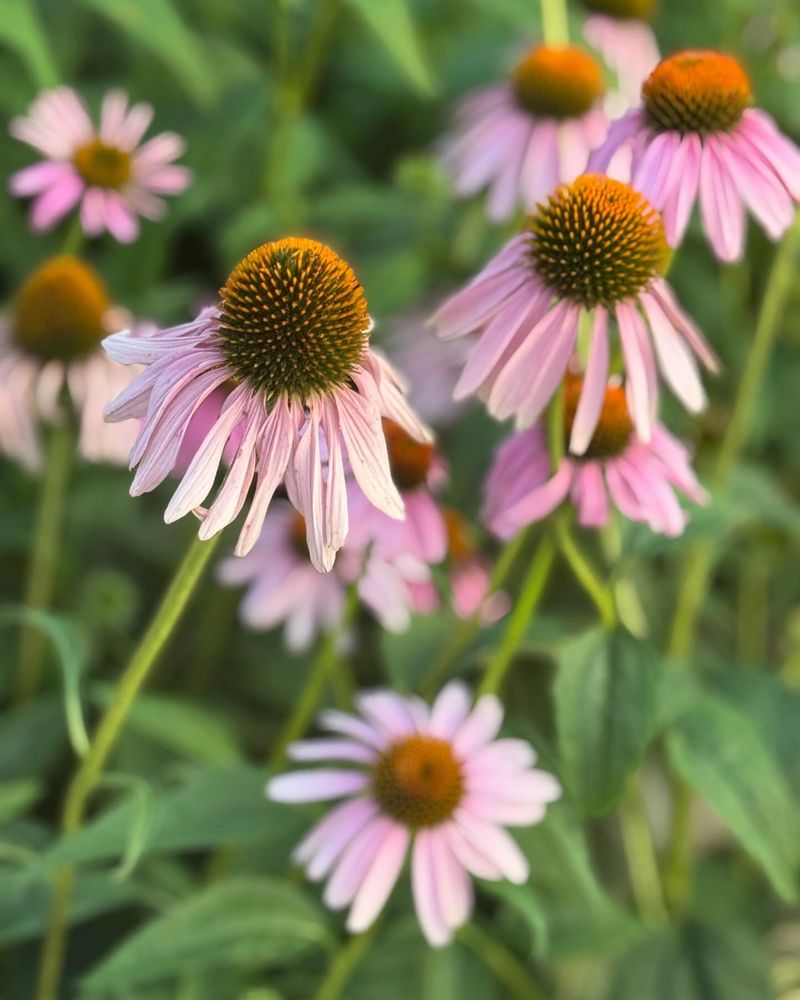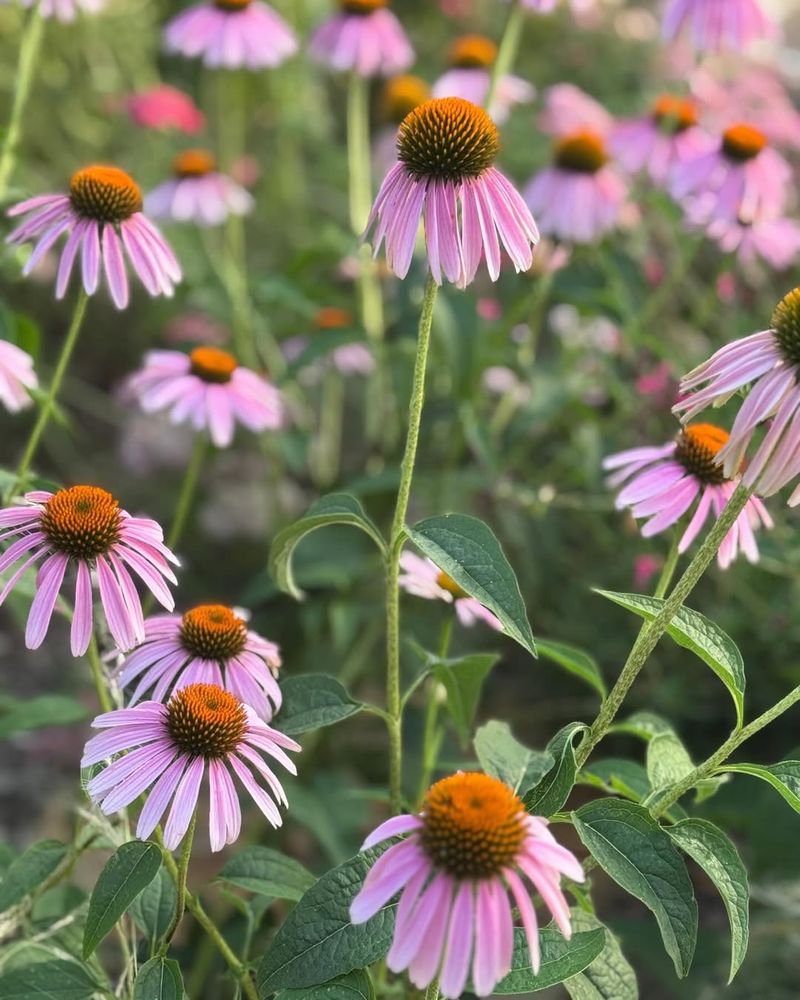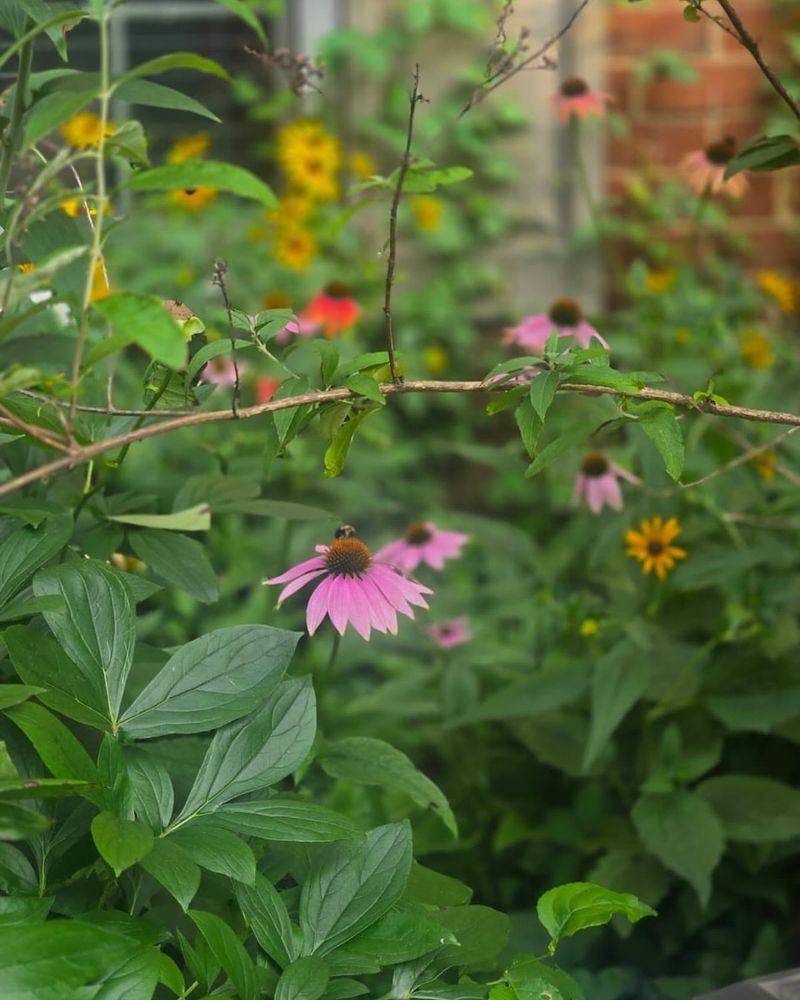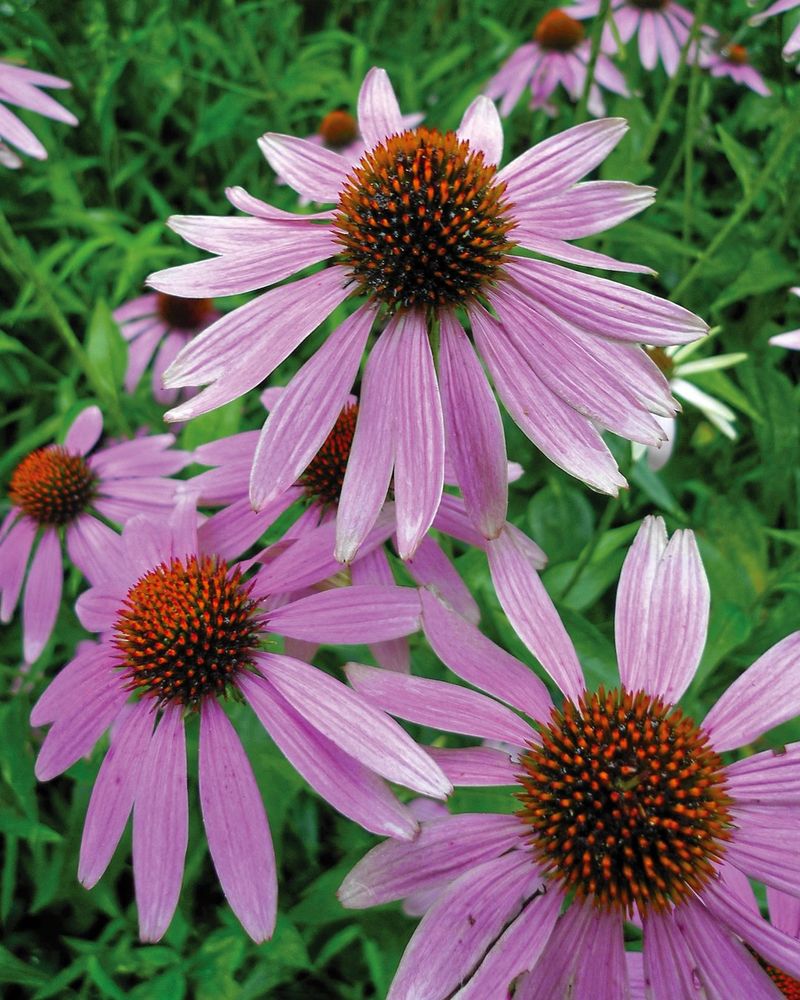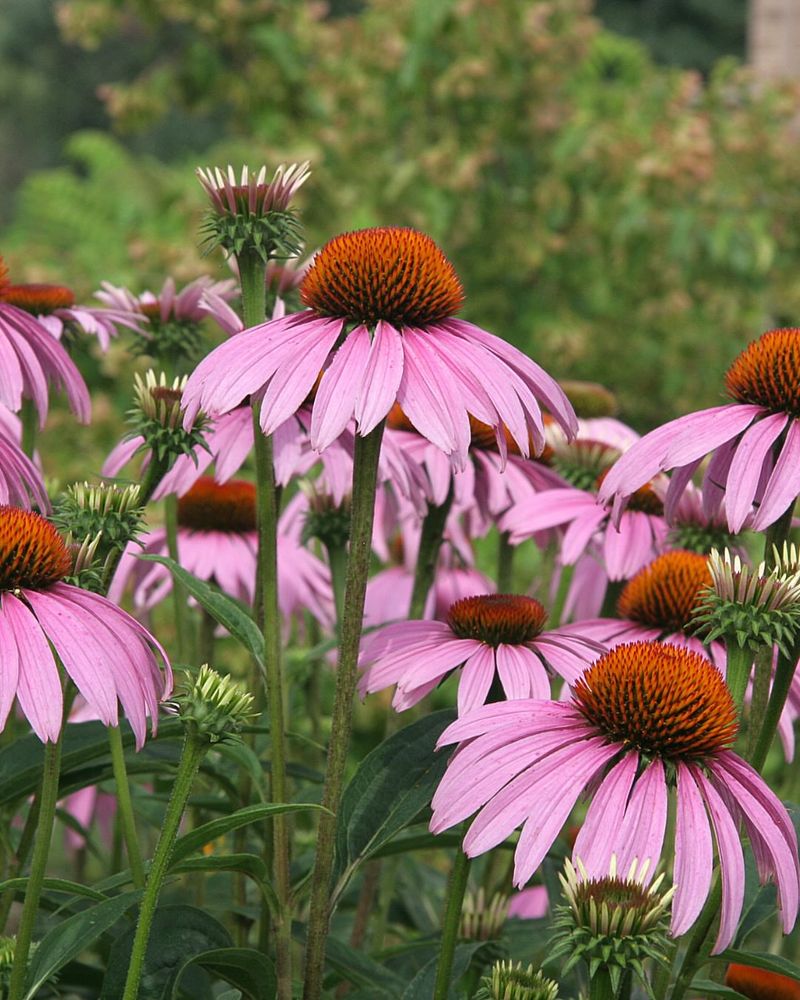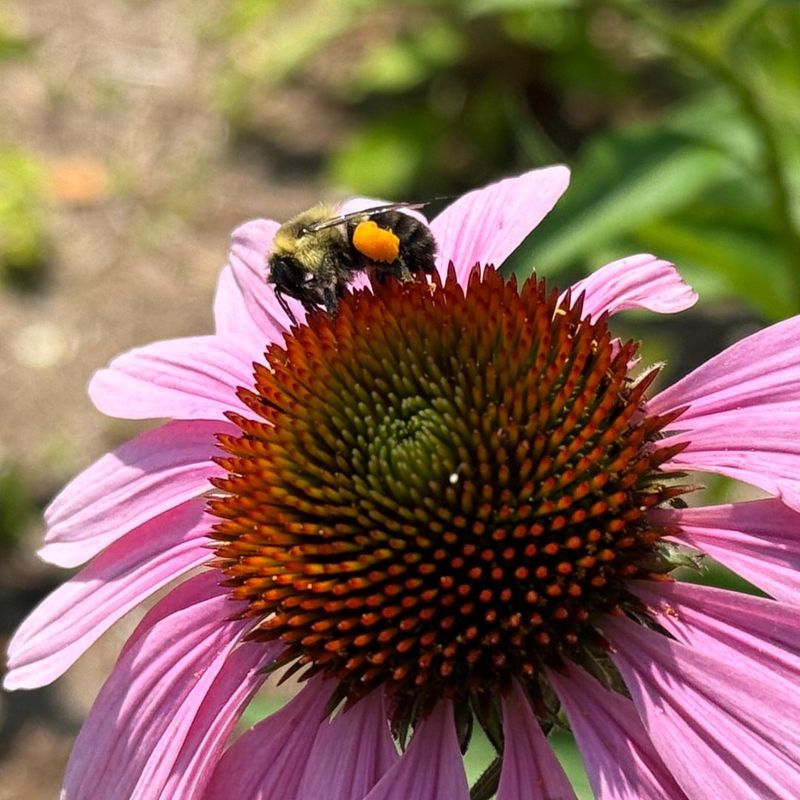Purple coneflowers are like a candy store for bees, buzzing with life across Illinois prairies. These native wildflowers have been thriving here for thousands of years.
Also known as Echinacea, they offer more than just eye-catching petals. Their nectar-rich blooms play a vital role in supporting healthy bee populations.
I’ve found that planting coneflowers helps the whole garden come alive. They’re not just beautiful—they’re a cornerstone of a thriving ecosystem.
1. Nectar-Rich Blooms That Keep Bees Coming Back
Bees have incredible taste when it comes to finding the sweetest nectar sources, and purple coneflowers rank at the top of their favorite menu. Each flower produces abundant nectar that’s packed with sugars bees need for energy.
Unlike some flowers that only bloom for a few days, coneflowers keep producing fresh nectar throughout their long blooming season. Worker bees can visit the same plant multiple times daily, making it a reliable food source.
This constant supply helps bee colonies build strong populations and store enough honey to survive winter months in Illinois.
2. Pollen-Packed Centers Provide Essential Protein
That spiky center cone isn’t just for show—it’s loaded with protein-rich pollen that bees absolutely need. Baby bees require pollen to grow strong and healthy, making it just as important as nectar.
The raised cone shape makes pollen collection super efficient for bees. They can land right on top and gather huge amounts in their special pollen baskets on their legs.
A single coneflower can provide enough pollen to feed dozens of developing bee larvae back at the hive.
3. Extended Bloom Time Means Months Of Bee Food
Most wildflowers bloom for just a couple of weeks, but purple coneflowers are marathon bloomers that last from June through September. This extended flowering period creates a consistent food source during critical summer months.
Early-season bees benefit from the June blooms when they’re building their colonies. Late-summer bees depend on August and September flowers to prepare for winter.
Having such a long-lasting food source in one plant makes purple coneflowers incredibly valuable for bee survival throughout changing seasons.
4. Perfect Landing Pad Design For Busy Pollinators
Evolution designed purple coneflowers with bees in mind, creating the perfect landing platform. The drooping petals act like directional arrows, guiding flying bees straight to the raised center cone where all the good stuff is located.
That prominent center gives bees a stable place to land and work, even on windy Illinois days. Smaller native bees especially appreciate this sturdy platform compared to wobbly flowers.
The flower’s structure makes feeding efficient, so bees spend less energy and collect more food per visit.
5. Native Plant Advantage Means Perfect Timing
Purple coneflowers and Illinois bees have been partners for thousands of years, evolving together in perfect harmony. Native plants bloom exactly when local bees need them most, creating a natural calendar that non-native flowers can’t match.
Illinois bee species recognize coneflowers instinctively and know how to extract nectar and pollen most efficiently. This long relationship means less wasted energy for bees searching for food.
Supporting native plants helps preserve these ancient partnerships that keep our local ecosystems balanced and healthy.
6. Drought Tolerance Ensures Reliable Bee Resources
When summer heat scorches Illinois and other flowers wither away, purple coneflowers keep blooming strong thanks to their deep prairie roots. Bees can always count on finding food here, even during the toughest droughts.
These tough plants developed deep root systems reaching several feet underground to access water other plants can’t reach. Their drought resistance means consistent nectar and pollen production regardless of rainfall.
For bee colonies facing unpredictable weather, having drought-tolerant food sources can mean the difference between thriving and struggling.
7. Multiple Flowers Per Plant Create Bee Highways
Mature purple coneflowers don’t produce just one flower—they create entire bouquets with dozens of blooms on a single plant. Bees love this arrangement because they can visit multiple flowers without flying far, saving precious energy.
Watch bees work a coneflower plant and you’ll see them methodically move from bloom to bloom, creating efficient feeding routes. This clustering behavior helps bees collect maximum food in minimum time.
More flowers per plant also means more bees can feed simultaneously without competition or territorial disputes.
8. Chemical-Free Pollen Keeps Bee Colonies Healthy
Native purple coneflowers naturally resist pests and diseases without needing chemical treatments that harm bees. When bees collect pollen and nectar from these plants, they’re getting pure, uncontaminated food.
Many bee colonies suffer from pesticide exposure through contaminated pollen, but native plants grown organically provide safe nutrition. Purple coneflowers are naturally tough, rarely requiring any interventions that could introduce harmful chemicals.
Choosing native plants means creating genuinely safe feeding zones where bees can thrive without hidden dangers lurking in their food supply.

